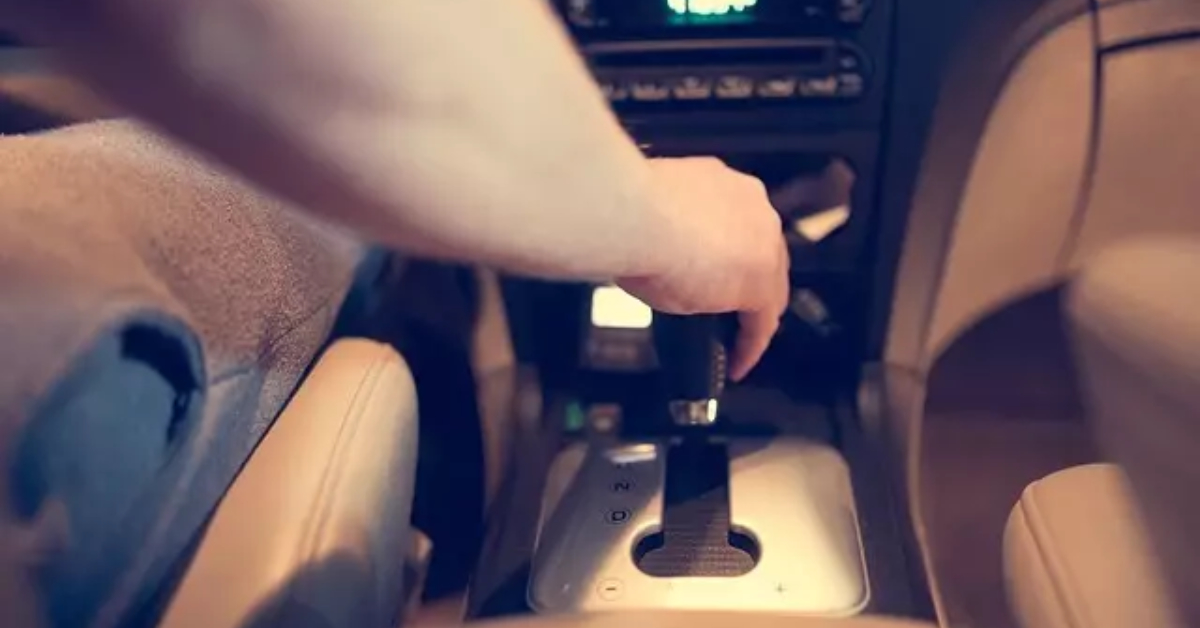
Back pain is unavoidable in any profession. What is your situation?
The average person today lives to be 80 years old. Looking at this figure in terms of work duties, a full 12 years of that life will be spent working. But what does your back think of your occupation? What are the risks associated with back pain in your profession? How can the resulting pain be dealt with?
The spine is always under some kind of strain in any profession, no matter whether it is physical work or a “desk job”. Virtually everyone experiences back pain - statistically, up to 80% of the adult population will experience it in their lifetime. Every type of pain has a cause. Acute pain, such as sciatica can be managed within a few days. However, if the pain is chronic lasting more than 3 months, if it is due to degenerative spine disease, an accident, back surgery or indeed your occupation, this is a clear signal to seek a specialist.
Manual and physical labour
People who work manually often tend to repeat the same movements over longer periods of time, which causes muscle fatigue and weakness and induces back pain and musculoskeletal pain. Disorders associated with repetitive performance of the same task are called movement stereotype disorders. They can occur in anyone engaged in routine activities, but manual workers are the primary group at risk. If you are unable to leave your workstation even for a while, make sure you change your position at least every 20-30 minutes. Straighten your back, stretch your neck by bowing your head, relax your shoulders in a circular motion and shake out your forearms.
Special functional stabilisation exercises can be a very effective solution.
Work in services
Dentists, beauticians, paramedics, massage therapists or car mechanics alike perform tasks that keep them in one position for long periods of time, often with their necks bent, their torsos rotated, and their backs arched. These movements often cause the spine to be in an awkward position and unilaterally overloaded, which can unfortunately cause unilateral deformation of the intervertebral disc, its prolapse and possible pressure on the nerve root and the development of the so-called radicular syndrome.
Sedentary jobs
Although these people don’t spend hours at work lifting and carrying heavy objects, their workload is comparably demanding on their spine and very often contributes to lower back pain and radicular syndrome. This is mainly because sitting is one of the positions that put the most stress on the intervertebral discs. The main reason for this is that very few of us are able to maintain the correct position when sitting at a desk, which leads to weakening of the back muscles. Hence, you should take at least short breaks from work, ideally enhanced with a short walk around the office or light exercises to relax your back muscles. For example, you can try extending your arms upwards and twisting your torso.
Taxi, bus, tram, truck and other drivers
Musculoskeletal and spine specialists consider occupational drivers to be one of the most at-risk professions in terms of back and neck pain. And we’re not just speaking about truck drivers, but regular ones as well. Therefore, you should adjust your back and neck to the working environment before you step on the gas. Adjust the seat to a 100° angle to prevent sliding and sit close enough to the steering wheel to allow your elbows and knees to bend slightly.
Occupation: Mother
Although it may not seem like it at first glance, a mother with a baby, shopping bags, car seat or stroller lifts almost more weight in a whole day than a professional athlete. The most overloaded parts of the spine in mothers are the cervical and lumbar vertebrae. What’s more, the lumbar spine is significantly strained even during pregnancy, when hyperlordosis, or excessive spinal flexion, occurs. To relieve hip and lower back pain, start working on strengthening your abdominal muscles and stretch your stiff and shortened back muscles with appropriate relaxation exercises.
Are you interested in the possibility of solving your back pain with interventional treatment? Would you like to know whether it might be suitable for you?